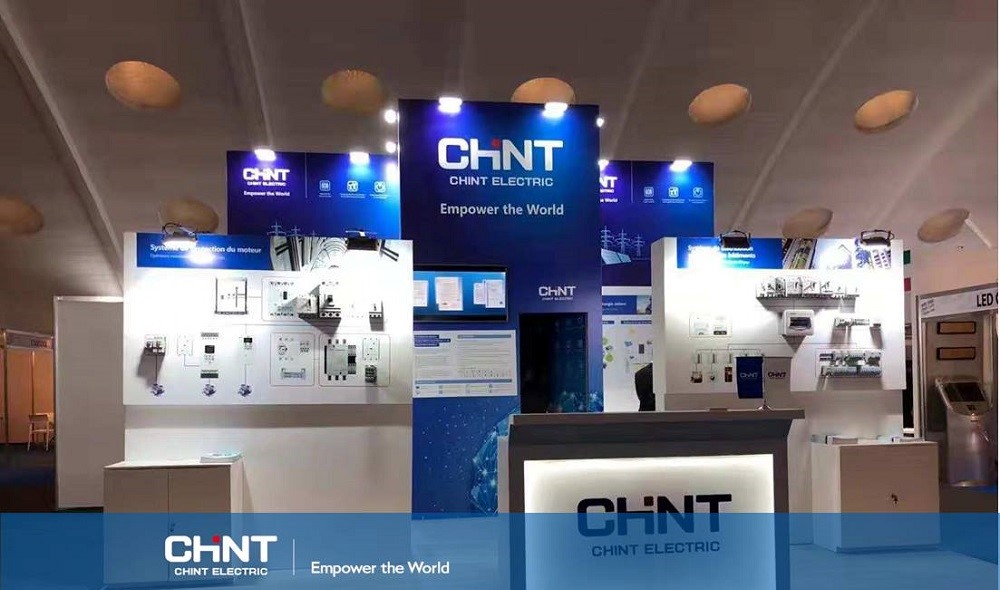When it comes to an electrical system, safety is always key, both the safety of the users as well as the system itself. And when it comes to ensuring the wellbeing of a system, there’s nothing quite as essential as counting with a good electrical switchgear.
A switchgear is the main component ensuring that electrical faults such as short circuits or other discharges don’t damage the entire system. Today, we’ll take a closer look at what switchgear ultimately are and how do they work to protect our electrical systems, as well as offer some tips on how to choose the right model for your needs.
What Is a Switchgear and How Does It Work?
It’s common to say that something is more than the sum of its parts, and this is the case for switchgear. Switchgear is ultimately a collection of multiple voltage regulating tools that are grouped together. Circuit breakers, fuses and disconnect switches are grouped in a single casing to protect an entire system.
This casing is connected to multiple parts of the facility to ensure it can regulate electricity across the entire system. When a power irregularity happens, the flow goes through it, and if it’s too high, the switches will activate for the involved areas. This allows for single switchgear to protect the entire system reliably.
What Is the Function of Switchgear?
Switchgear is ultimately a prevention system. Its main function is to ensure no electrical irregularities can compromise the system and as such is an essential component in any electrical system. While the model and size might vary, any facility with a power grid will count with its own switchgear, as it protects both the users as well as the system and the investment that went into it.
What Are the Different Types of Switchgear?
Gas Insulated Switchgear
A sealed enclosure filled with insulating gas allows these switchgears to pack their components closer to each other, hence reducing the overall size of the switchgears. Compact and reliable gas insulated switchgear is always a great option.
Metal-Clad Switchgear
These switchgears count with separate compartments for each internal component. While this comes with a larger size, it does simplify maintenance and as such is a staple to this day.
Metal-Enclosed Switchgear
Similar to the above, the key difference between an Enclosed and Clad switchgear is that the former does not use separate compartments for each component. As a result, this switchgear is meant for systems that run a lower voltage like commercial facilities.
Pad-Mounted Switchgear
Built for sheer utility and mainly for underground distribution systems, the Pad Mounted Switchgear is a unique one. A simple and sturdy design makes it durable and resistant to tampering as well as easily suited for external mounting. Pad Switchgears also offer a wide range of insulation options which grants the user more freedom of choice.
Vault Switchgear
This specialized switchgear is meant for electrical systems that require their switches to be operable from a vault or another below-ground area. Its main purpose is to provide a casing that can be installed at a further distance than the above options and is apt both for dry and humid environments.
Arc Resistant Switchgear
Built for heavy-duty, Arc Resistant Switchgears are fully designed to withstand the current and stress that arc flash energy can generate. These electrical explosions are various steps above regular discharges. Arc Resistant Switchgears are classified depending on their degree of resistance against arc flash energy.
Different Voltage Switchgears
High Voltage Switchgear
As the name indicates, an HV switchgear is designed to handle high voltages without the risk of damage to the system. An HV switchgear is designed to handle between 69 kV and 230 kV. Thanks to their high resistance, their life cycle costs are fundamentally low and an HV switchgear can easily outlast the other types even in lower voltage systems. Extra High and Ultra High Switchgears are sold as well, though ultimately, they can be counted as part of this category.
Medium Voltage Switchgear
MV switchgears are designed to handle between 600V and 69 kV. This means they are fully suited to deal with threats such as short circuits as well as be used for regular switching operation. This range makes them ideal for commercial and industrial uses that do not directly deal with the transport or generation of electrical energy. Date centers, mining operations and residential facilities can all reliably use MV switchgear for their protection.
Low Voltage Switchgear
Designed to work for up to 600V, the LV Switchgear is the one with the smallest range of them all. Most switchgear in this category are metal enclosed and as such highly modular. This ultimately means that while individual pieces might not resist long-term electrical surges, they are also really easy to maintain and replace. LV switchgear don’t offer the highest resistance but provides electrical protection for regular use and provide remote switching capabilities to a system.
Let's sum it up
Switchgears are a vital component of any electrical system and one of the key elements in ensuring the wellbeing of the system as well as the safety of its users. A wide variety of designs and types ensures that there’s switchgear for any need and ultimately no system is complete without a reliable switchgear that can withstand the charges that risk damaging the system.
If you are looking for the right switchgear for your new project or business, then we recommend once again CHINT’s selection of switchgear. Built to the highest standards and with some of the best technology in the market, CHINT is a brand that ensures safety regardless of how large or small you are building.















